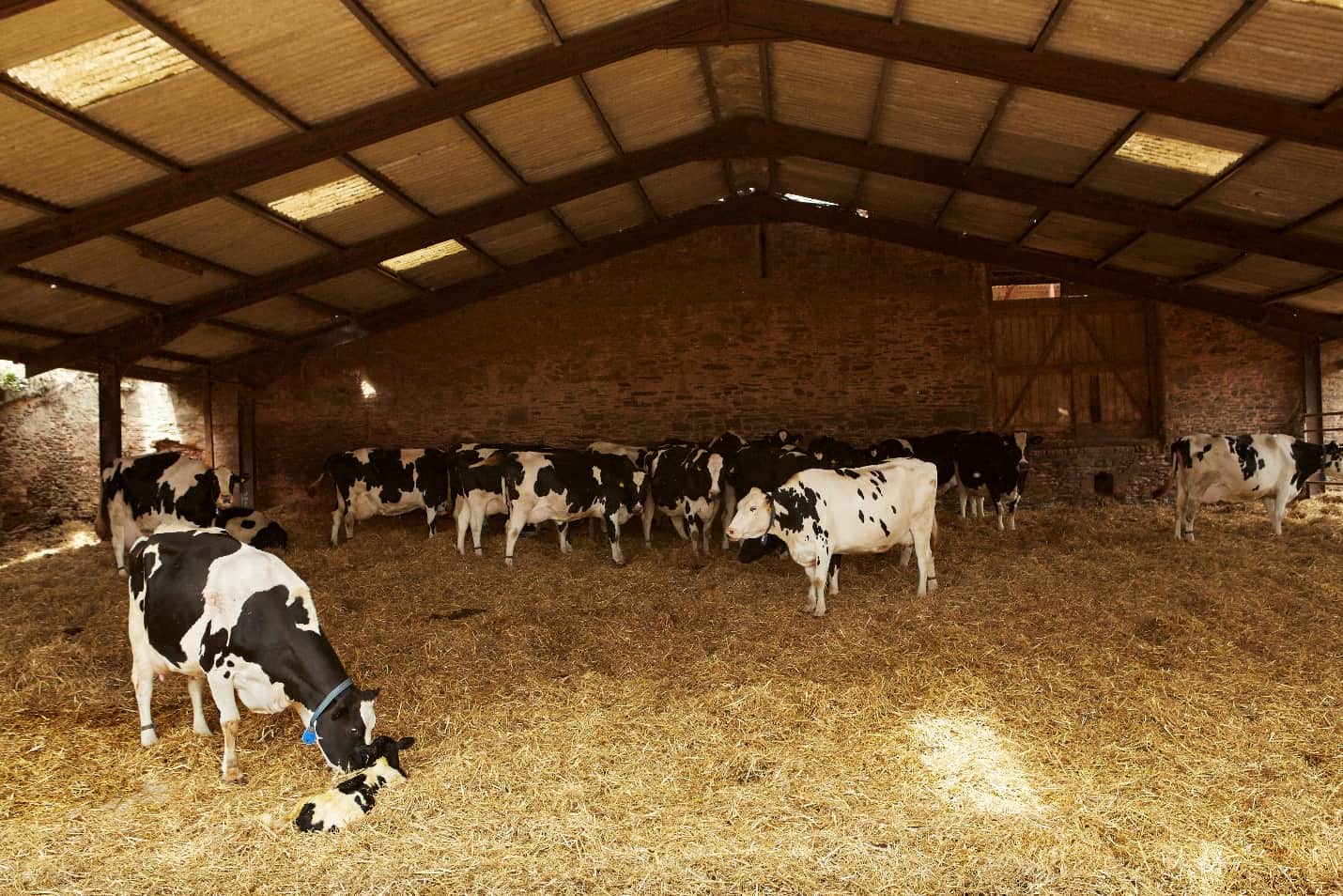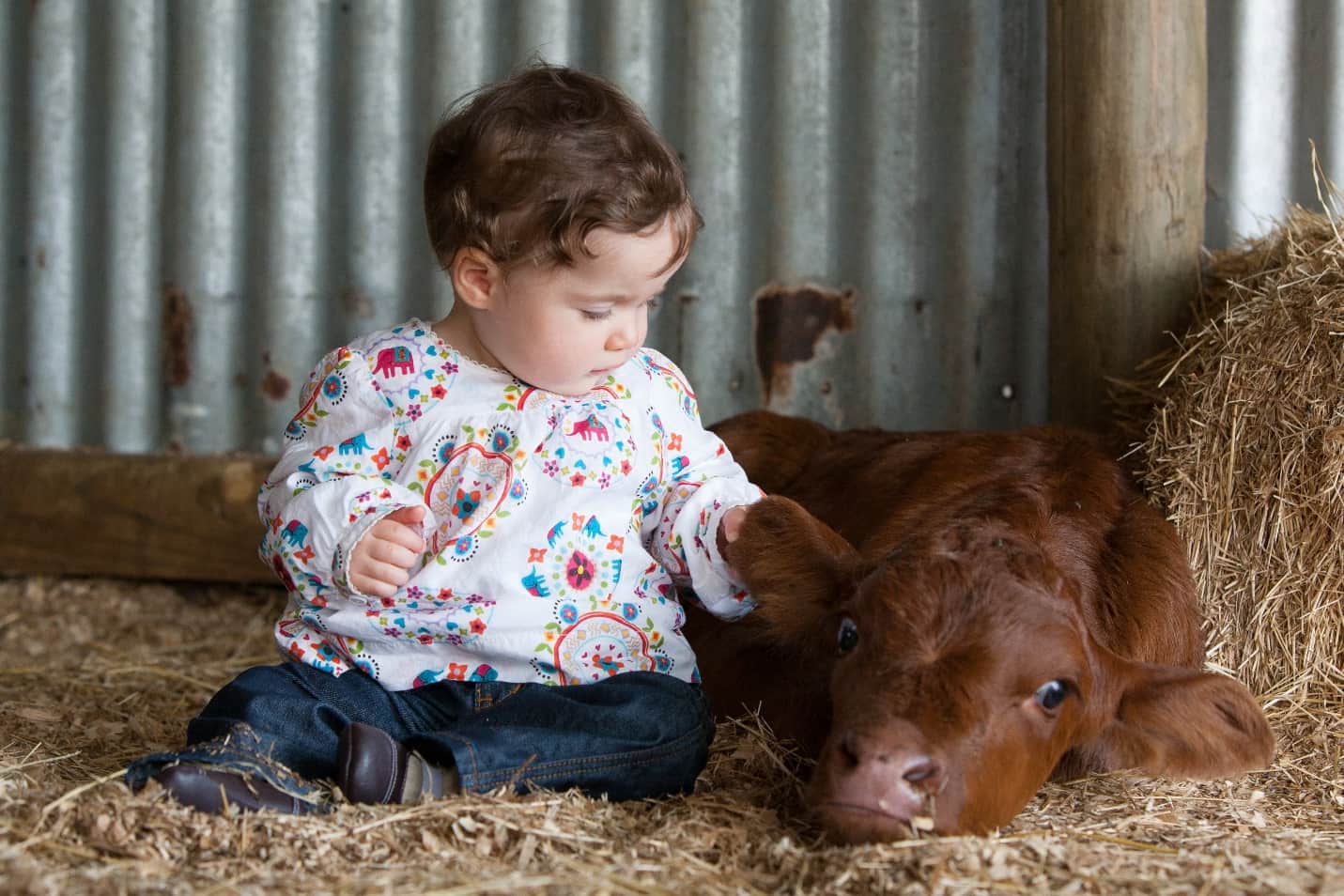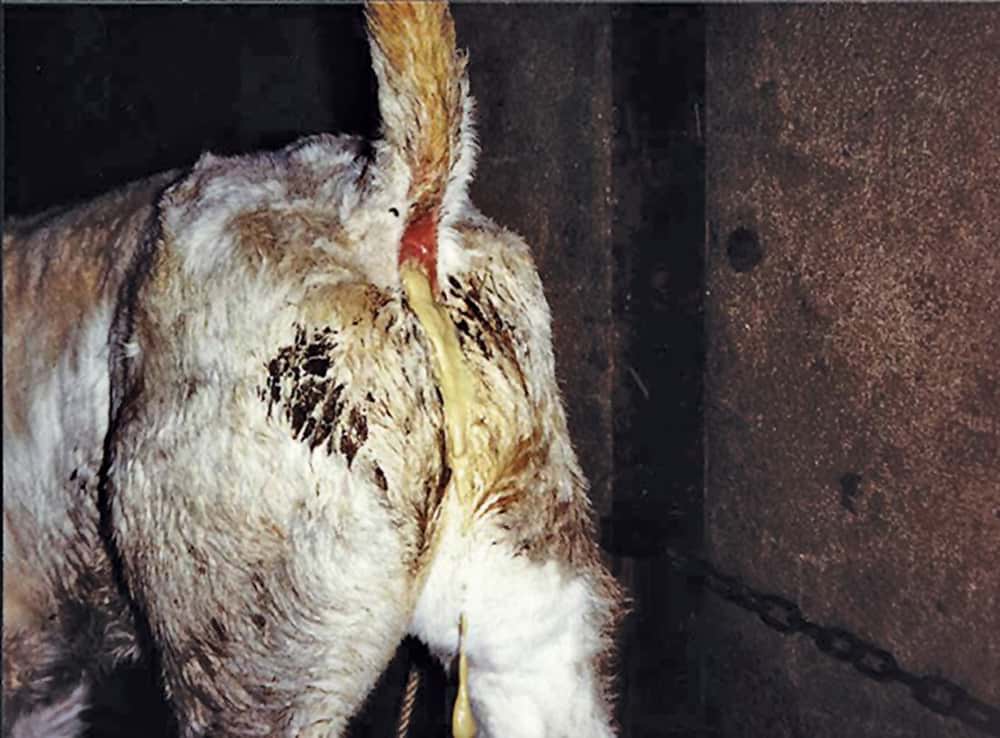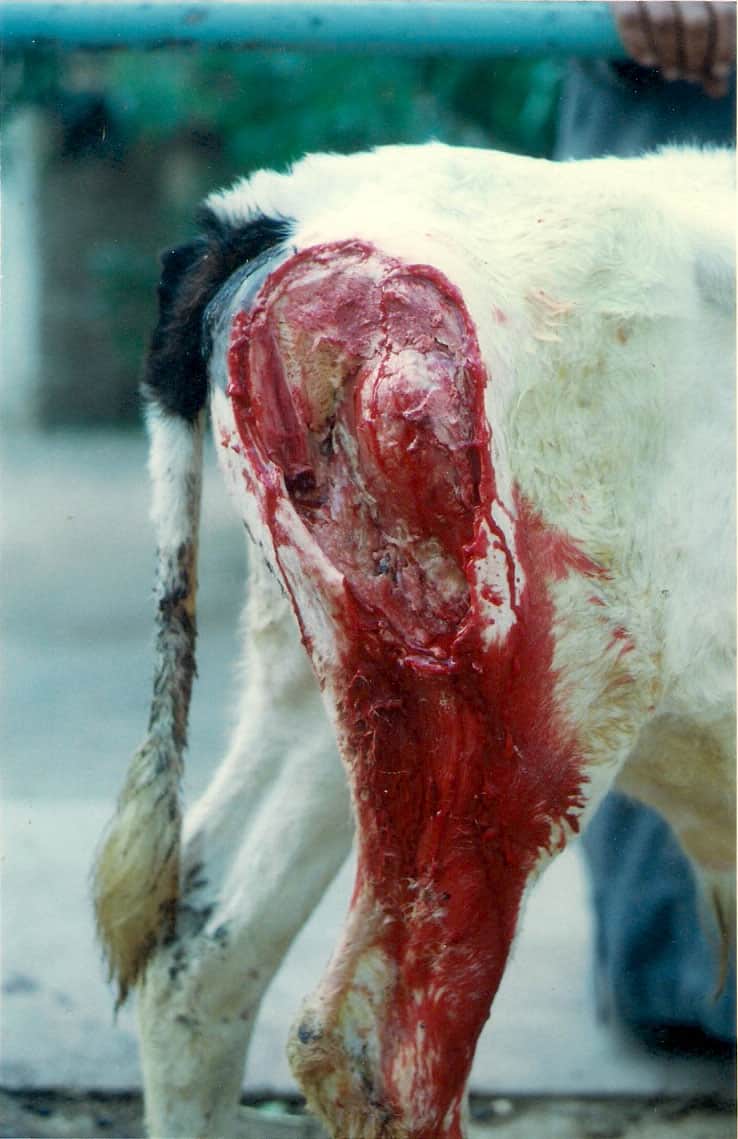Rearing healthy calves is an important part of your dairy operation. It is estimated that this costs about 15% of the total dairy production costs in Australia. So, it’s important to get your calf health management practices right. Because it impacts your sustainability and profitability in more than one way.
Your dairy profits are dependent on your herd’s reproductive efficiency. In other words, your dairy business will be profitable as long as you’re able to rear enough healthy weaned calves.
According to a CHAPA study , there are two main reasons for a herd to have a low reproductive efficiency. One, when your cows aren’t fertile enough to get pregnant. And two, when newly born calves die prematurely.
Did you know? About half of the total calf deaths occur within the first 24 hours of birth. And about three-fourths of the total calf deaths occur within the first three weeks of birth.
So, clearly the two biggest areas of focus are:
1) improving the health of pregnant cows and
2) avoiding early calf deaths.
We’ve already covered pre-calving care and early calf nutrition. Now, in this article, let’s look at the various infectious diseases that can affect your young calves.
Let’s begin with problems your calves can incur at birth.
During the birthing process, all calves experience moments of low oxygen supply. Within a few minutes, the newborn has to adapt to a different environment.
It has to now breathe, remove waste, generate heat, regulate body temperature and seek nourishment. But some calves might have trouble adapting to these sudden new changes.
Check for signs of inactivity, weakness or low heart and respiratory rates. Low body temperatures also might need attention. Healthy calves will be able to suckle and then slowly stand.

What kind of (neonatal) problems can you expect?
Inactivity: delayed standing and suckling. Activity generates body heat and helps immunity
Hypothermia: A calf’s body temperature drops to 102 degrees within the first 15 to 30 minutes after birth. If the temperature continues to drop below this, hypothermia occurs, even if you keep surroundings warm.
Hypoxemia: Low blood oxygen occurs when the respiratory or circulatory system is slow to adapt at birth.
Acidosis: The low oxygen and low body fluid the calf has during birth causes acidosis and normally gets self-corrected once the calf breathes outside. It will worsen only for calves compromised at birth.
Hypoglycemia: Low sugar is a rare occurrence and settles after the first colostrum feed, but can be life threatening at times.
Poor colostrum transfer (or FTP - failure of transfer of passive immunity): Delayed or decreased colostrum consumption causes decreased intestinal absorption and calves are subject to poor immunoglobulin protection.
Steps to minimize losses:
Encourage mothering attention. Ensure that your dam nuzzles and licks her newborn. Dams will also generally encourage the calf to stand within the first hour of birth. The suckling reflex should happen even before the calf has stood.
You, as the calf manager should always ensure the calf remains active and responsive in the first couple of hours of life. Additionally, consider doing as many of the following steps as needed:
- dry and warm the calf with towels or hair dryers
- provide clean, ventilated and dry shelter
- provide extra heat with lamps
- stimulate moving about and suckling

Key calf management checkpoints
The new born:
- Clean and disinfect your hands and any equipment before assisting in calving or while handling new born calves.
- Clean the new born calf’s mouth and nose of mucus.
- Check for any bleeding. Disinfect using a two-percent Iodine solution.
- If the calf doesn’t self-suckle or if the colostrum produced is poor in quality, feed 2 to 3 litres of clean colostrum using a feeding bottle.
- Consult with your vet about using supplemental injections for your new born calves. Most calves benefit from small doses of Vitamins A, D and E.
- Also, Selenium injections at birth can help prevent white muscle disease. Weak mother cows may also benefit from a dose of calcium.
The first six months:
- Dehorn with electric dehorners
- Measure and monitor the weight, height and body condition scores of your calves regularly
- Establish and continue coccidia control. Deworm as and when needed.
- Work with your vet on giving your calves the necessary vaccinations. Mainly for brucellosis, clostridium, IBR, PI3 and BVD.
Months 7 to 12:
- Continue monitoring the weight, height, and body condition score of your calves regularly
- Vaccinate for leptospirosis or vibrio if needed
- Deworm if needed
Common calf diseases, causes and treatment:
Scours (Diarrhea):
Scours or neonatal diarrhea is the primary cause (50 to 60%) of calf death. Look for signs of dehydration such as sunken eyes or skin.
It can be caused by several strains of bacteria, viruses, and protozoa (microbial diarrhea). Most commonly it is caused by E coli, Rotavirus, Coronavirus or Salmonella sp. In some cases, improper nutrition can also cause diarrhea.
This can be avoided to a large extent by:
- Feeding adequate colostrum
- Ensuring that bacteria doesn’t contaminate the cow’s milk
- Maintaining a high quality and regular feeding schedule for the calves
- Frequently cleaning the shed, pen and feed equipment
- Not exposing healthy calves to other scouring calves or its bodily fluids
Early detection is your best bet. If detected early, use an oral rehydration solution. For severe cases of dehydration, intravenous feeding might be needed. Consider feeding both an acidic electrolyte immediately after milk feed and an alkaline electrolyte about four hours after a meal.
Urgent veterinary intervention is required for calves that are severely dehydrated.
Pneumonia (Inflammation of the Lungs)
Typically, this respiratory disease tends to occur around four to six weeks of age. Pneumonia effects in your calves can vary a lot. It can either be mild, severe or in some cases even deadly.
Pneumonia is caused by bacterial strains such as Pasteurella multocida, viral strains such as Parainfluenza or even Mycoplasma dispar. Key symptoms include nasal discharge, dry cough, increase in rectal temperature, lung lesions and difficulty in breathing.
Contaminated and poorly ventilated environments may lead to pneumonia. At the same time, poor calf management or overfeeding may also lead to pneumonia.
It is important to place infected calves in a dry and ventilated shed. Also consult your vet as you might need immediate medical intervention and antibiotics such as neoxyvita forte.
Omphalitis or 'navel ill'
Usually occurs in calves less than one week of age, when bacterial infection enters via umbilical cord at or soon after birth.
A lack of good pen hygiene or lack of good quality colostrum makes calves more vulnerable to navel antisepsis.
After you detect this, you might need to administer antibiotics and dip the navel cord in chlorhexidine. You might also need to feed the calf some extra colostrum, from a feeding bottle. Also consult your vet to assess if your calf needs any antimicrobial therapy.
Coccidiosis
This is a parasitic disease that occurs in calves that are three weeks or older.
Coccidiosis can damage intestine linings. Infected calves may have mild diarrhoea to severe blood-stained diarrhea.
Unclean, overstocked and poorly ventilated shed can increase the risk of coccidiosis significantly. Contaminated water or feed and inadequate colostrum intakes also increases the risk of coccidiosis.

Treatment may involve doses of Sulfaquinoxaline (6 mg/lb/day for 3–5 days) and amprolium (10 mg/kg/day for 5 days). It is best to consult with your vet to come up with the best course of action.
Clostridial disease (blackleg)
Several strains of bacteria in the soil can cause blackleg in your young calves and cows.
Typically, it affects animals around six to twenty-four months of age. A good round of vaccinations should prevent this to a large extent. When detected, you must immediately consult with your vet and treat the infected calves with antibiotics.

That brings us to the end of this article. In conclusion, I would urge you to focus on planning for disease prevention by preventing exposure to infection, monitoring your newborn calves closely to identify sick ones early.
Develop clear treatment protocols and ensure your staffs are trained in humane killing – that might be needed for animals that don’t improve.
We hope that this was useful to you. Have a question? Ask it as a comment below, and we’ll promise to answer them. Until we meet again, happy farming!
- The Dedicated Team of Pasture.io, 2020-11-30